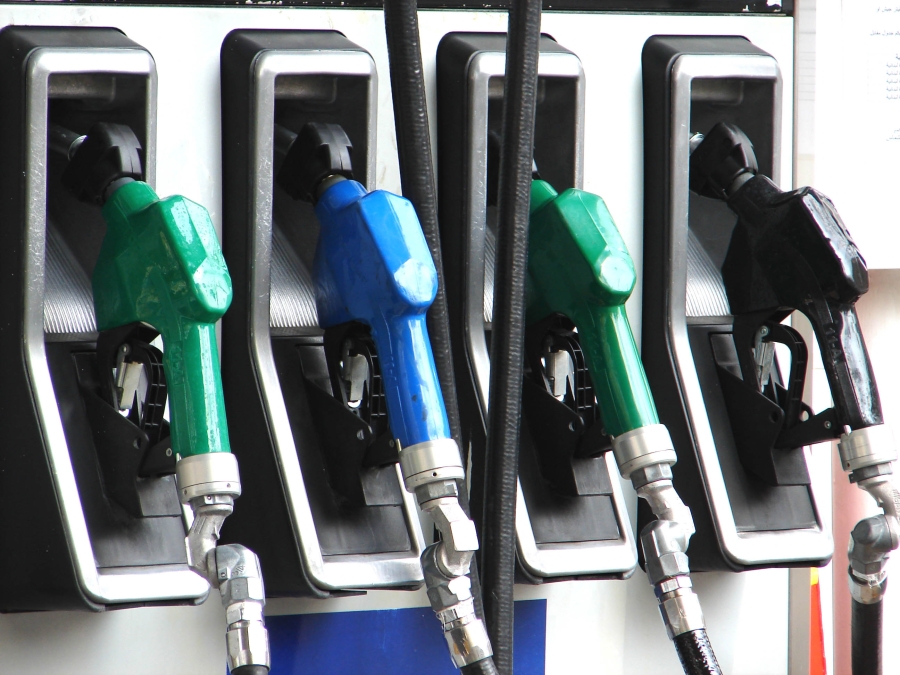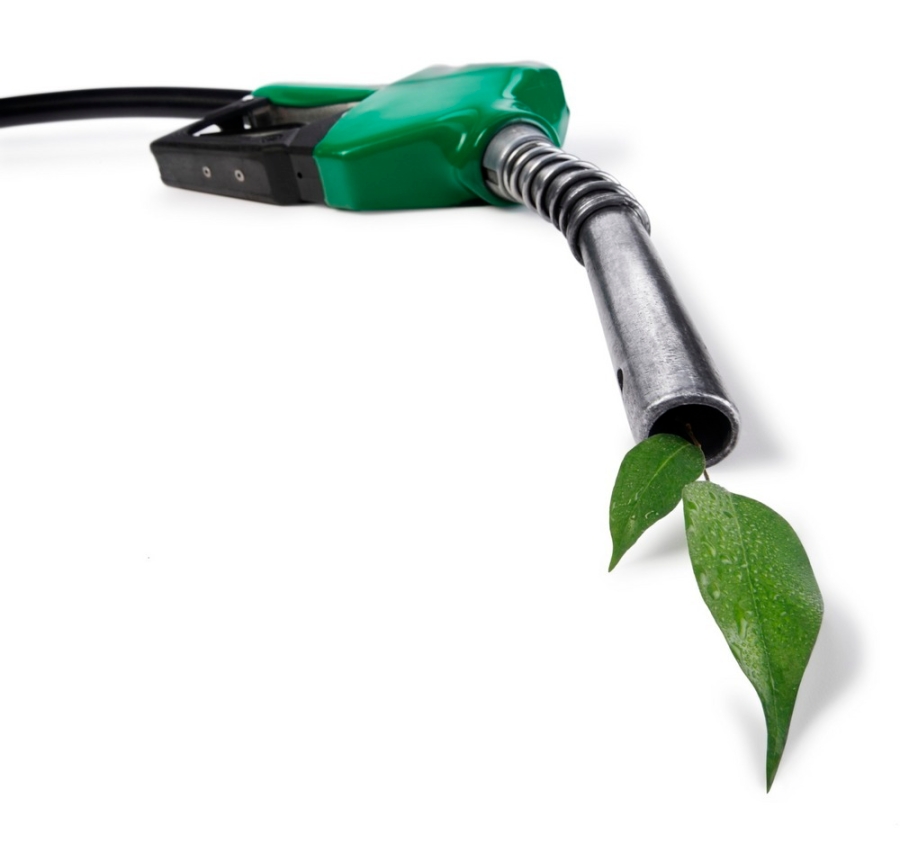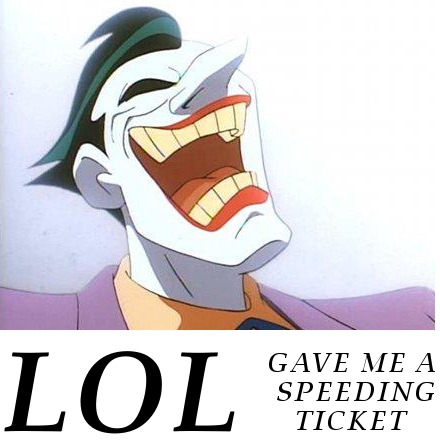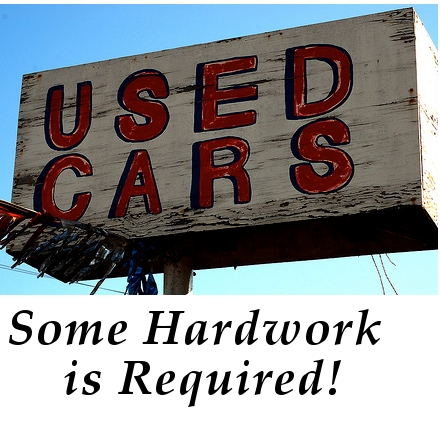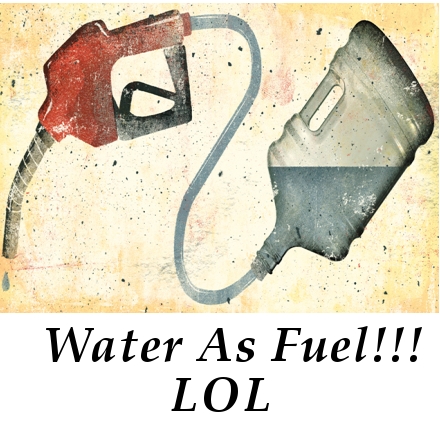Car engine basics

Car engine - a brief introduction
A car engine can look like a big confusing jumble of metal, tubes and wires. In this article, we'll discuss the basic idea behind an engine and then go into detail about how all the car engines work.
It burns gasoline and uses the energy produced to drive the wheels. Internal combustion gasoline engines run on a mixture of gasoline and air. The air enters the engine through the air cleaner and proceeds to the throttle plate. The gas pedal controls the amount of air that passes through the throttle plate and into the engine. This air is distributed through a series of passages called the intake manifold, to each cylinder. At some point after the air cleaner, depending on the engine, fuel is added to the air-stream by either a fuel injection system or, in older vehicles, by the carburetor.
The air-fuel mixture is drawn into each cylinder as that cylinder begins its intake stroke. As the piston reaches the bottom of the cylinder, the intake valve closes and the piston begins moving up in the cylinder compressing the air-fuel mixture. When the piston reaches the top, the spark plug ignites the fuel-air mixture causing a powerful expansion of the gas, which pushes the piston back down with great force against the crankshaft.
Most of the automobile engines in cars today are four stroke internal combustion engines. Most engine blocks are made of cast iron or cast aluminium. Each cylinder contains a piston that travels up and down inside the cylinder bore. All the pistons in the engine are connected through individual connecting rods to a common crankshaft. As the pistons move up and down, they turn the crankshaft just like your legs pump up and down to turn the crank that is connected to the pedals of a bicycle.
A cylinder head is bolted to the top of each bank of cylinders to seal the individual cylinders and contain the combustion process that takes place inside the cylinder. The cylinder head contains at least one intake valve and one exhaust valve for each cylinder. This allows the air-fuel mixture to enter the cylinder and the burned exhaust gas to exit the cylinder.
The valves are opened and closed by means of a camshaft. A camshaft is a rotating shaft that has individual lobes for each valve. The lobe is a "bump" on one side of the shaft that pushes against a valve lifter moving it up and down. When the lobe pushes against the lifter, the lifter in turn pushes the valve open. When the lobe rotates away from the lifter, the valve is closed by a spring that is attached to the valve.
Engine functioning: Four strokes
The engine functions in four strokes: Intake, Compression, Power and Exhaust.
Intake: As the piston starts down on the Intake stroke, the intake valve opens and the fuel-air mixture is drawn into the cylinder. When the piston reaches the bottom of the intake stroke, the intake valve closes, trapping the air-fuel mixture in the cylinder.
Compression: The piston moves up and compresses the trapped air fuel mixture that was brought in by the intake stroke. The amount that the mixture is compressed is determined by the compression ratio of the engine.
Power: The spark plug fires, igniting the compressed air-fuel mixture which produces a powerful expansion of the vapour. The combustion process pushes the piston down the cylinder with great force turning the crankshaft to provide the power to propel the vehicle. Each piston fires at a different time, determined by the engine firing order. By the time the crankshaft completes two revolutions, each cylinder in the engine will have gone through one power stroke.
Exhaust: With the piston at the bottom of the cylinder, the exhaust valve opens to allow the burned exhaust gas to be expelled to the exhaust system with a very high pressure, that is why a vehicle without a muffler sounds so loud. The piston travels up to the top of the cylinder pushing all the exhaust out before closing the exhaust valve in preparation for starting the four stroke process over again.
Engine lubrication: Oil is pumped under pressure to all the moving parts of the engine by an oil pump. The oil pump is mounted at the bottom of the engine in the oil pan and is connected by a gear to either the crankshaft or the camshaft. This way, when the engine is turning, the oil pump is pumping. The oil pressure sensor near the oil pump that monitors pressure and sends this data to the warning light or the gauge on the dashboard. When the ignition key is turned on, before the car is started, the oil light should light, indicating that there is no oil pressure yet and also that the warning system is working. As soon as you start cranking the engine to start it, the light should go out indicating that there is oil pressure.
Engine cooling: Internal combustion engines must maintain a stable operating temperature, not too hot and not too cold. While some engines are air-cooled, the vast majority of engines are liquid cooled. The water pump circulates coolant throughout the engine, hitting the hot areas around the cylinders and heads and then sends the hot coolant to the radiator to be cooled off.
Modern day engines function with slight variations from the above defined combustion process. The quality of the materials used along with modifications in design is what differentiates one automobile from the other.
